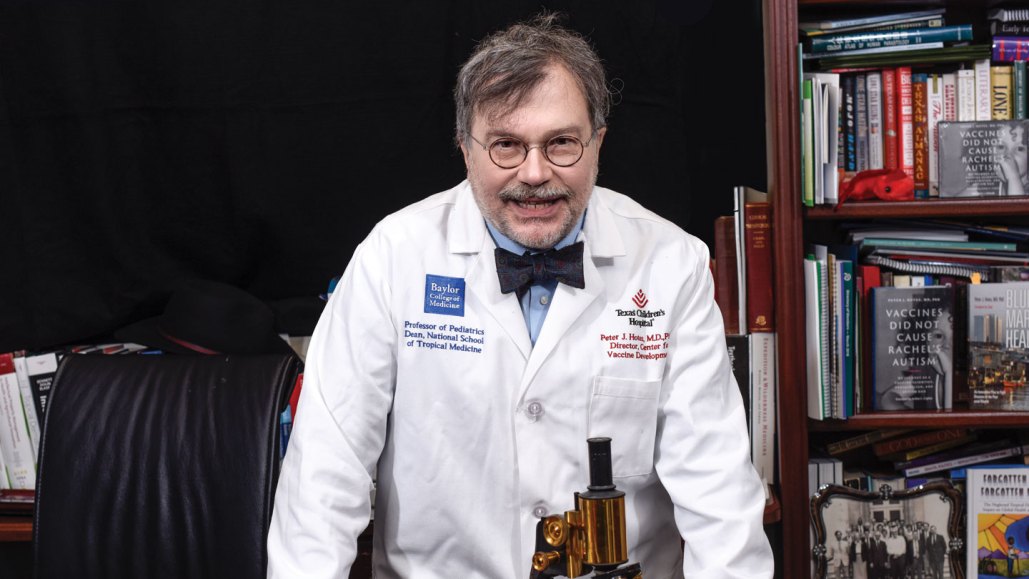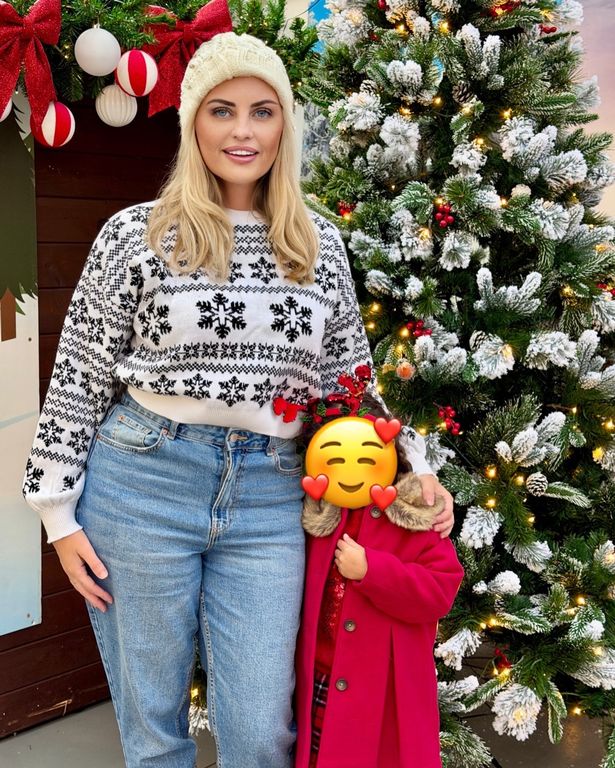Interview with Peter Jay Hotez: Insights from Maya's Discussions

Science News Executive Publisher and President & CEO of the Society for Science, Maya Ajmera, had a discussion with Peter Jay Hotez, who serves as Dean of the National School of Tropical Medicine and holds positions as Professor of Pediatrics and Molecular Virology and Microbiology at Baylor College of Medicine. Moreover, Hotez is the Codirector of the Texas Children’s Hospital Center for Vaccine Development and the Endowed Chair of Tropical Pediatrics at Texas Children's Hospital.
Growing up in West Hartford, Connecticut, I developed an early interest in microbes, facilitated by a decent microscope my parents got me. Alongside that, I had a fascination for maps. Combining these two interests resulted in a passion for parasitology and tropical medicine, a field I knew I wanted to pursue from an early age.
Yes, I do. I was fortunate to have an exceptional physics teacher, Daniel Hoyt, who purchased secondhand scientific equipment for his students to use in class. I carried out experiments on earthworms, including recording their electrocardiograms, which led to my STS project "Effect of Acetylcholine Chloride and Atropine on the Electrocardiology of Lumbrucus and its Relation to Mammalian Smooth Muscle".
My career in investigating Neglected Tropical Diseases (NTDs) as a research scientist is still ongoing. Now, I dedicate my life to the development of vaccines for neglected diseases. Our research team at Texas Children’s Hospital Center for Vaccine Development has fast-tracked two vaccines for hookworm and schistosomiasis which are presently in Phase 2 clinical trials. Also, we're starting a Phase 1 clinical trial for a new Chagas disease vaccine, and have developed two budget-friendly COVID-19 vaccines using similar methods. For our vaccines to be used widely, our collaborating health economists suggest we should price them at a few dollars per dose. Therefore, we utilize low-cost production methods such as microbial fermentation and yeast.
About a decade ago, we initiated a program targeting coronaviruses and started the development of vaccines for SARS and MERS. As soon as the genomic sequence of COVID-19 became available in early 2020, we leveraged our knowledge to develop two inexpensive COVID vaccine technologies, which were introduced in India and Indonesia. The production was scaled up by pharmaceutical companies Biological E and BioFarma, leading to the creation of Corbevax and IndoVac vaccines respectively, and over a hundred million doses have been distributed. This serves as evidence that even smaller entities can create significant impact. This accomplishment has been incredibly satisfying.
Our policy focus has been to raise awareness and concern for neglected tropical diseases, which are a group of almost twenty severe chronic infections mainly concentrated in tropical regions. In collaboration with a few colleagues from the UK, we penned one of the first papers in 2005 that used the term neglected tropical disease.
My involvement in policy and advocacy prepared me for my ongoing battle against anti-vaccine groups. This became a critical part of my journey when I released a book called Vaccines Did Not Cause Rachel's Autism, which refutes the theory of vaccines causing autism and, more specifically, denies any connection between vaccination and my daughter Rachel's autism. This statement understandably launched me into conflict with anti-vaccine groups.
My life is split between functioning as a scientist, which involves managing lab meetings, grants, papers, and revisions and undertaking public engagement, including endorsing vaccines and explaining the reasons for addressing NTDs to the public.
During the COVID-19 pandemic, there was an overarching assumption that only big pharmaceutical companies could effectively combat the virus and its impact. This policy, which intended that surplus vaccines would trickle down to low- and middle-income countries, however, was unsuccessful. This failure was predictable.
Over the years, I have been committed to the concept of developing early vaccine prototypes in our research labs in Texas and then transferring the technology and ownership to manufacturers in poor and middle-income countries. This allows these nations to take charge of the technology and production. We have executed this for COVID-19 and for our parasitic disease vaccines. We have high hopes of following suit with our promising hookworm vaccine.
Before COVID-19 struck, I got a chance to implement this strategy in 2015 when I was appointed as the US Science Envoy by the Obama administration. I collaborated with the US State Department to forge vaccine diplomacy initiatives with Muslim-majority countries in the Middle East and North Africa.
Unfortunately, I had to learn it by trial and error, and I often say it was more error than trial. I believe we should teach science communication in medical schools, Ph.D. programs and during postdoctoral training.
I have found that a lot of the stuff that’s dogma around science communication turned out to be false. Everyone always told me, “Peter, you gotta talk to the American people like they’re in the fourth grade. Don’t make it complicated. You’re gonna really have to dumb it down and not use jargon.” Well, they were right about not using jargon, but dumbing it down was not very successful. It makes you sound condescending, which is a real turnoff for a lot of people. From my experience, Americans like it when you speak to them like educated adults, and they are willing to tolerate a considerable level of complexity.
In recent years, the anti-vaccine movement has gone from pushing phony stuff around autism to becoming embedded in a major U.S. political party. They began attacking biomedicine like climate change deniers were attacking climate science a decade ago. This has become a very dangerous movement. In my most recent book, The Deadly Rise of Anti-science, I point out that the anti-science disinformation vaccine machine is so powerful now that it convinced 200,000 Americans not to take a COVID-19 vaccine after vaccines were widely available during the COVID-19 delta wave, which led to their deaths.
They were victims of this anti-science disinformation machine. It’s organized, it’s deliberate, it’s politically motivated, it’s predatory and it’s a killer. That’s why I wrote the book. It’s not a theoretical or academic discussion. Improving science communication and combating anti-science is now more important than ever.
What keeps me up at night is that I think we’re in a new normal with pandemics. We’ve had SARS in 2002 and MERS in 2012. COVID-19 is just a part of that cadence. By that reasoning, we’re going to have another major coronavirus epidemic or pandemic before the end of this decade. We’re also at risk for emerging viruses transmitted by mosquitoes, such as dengue, Zika, chikungunya or even yellow fever.
It’s happening because of a confluence of physical and social determinants: climate change working hand in glove with urbanization, poverty and human and animal migrations. This new normal is very troubling for me. Equally troubling is the fact that you’ve got groups with nefarious intent that want to prevent us from taking on these challenges.
What gives me hope is the strength of our research universities and institutions, seeing young people who still want to become scientists, and seeing the kinds of science outreach that Society for Science is doing. Seeing people still striving to do big things in science — that’s what gives me hope.




